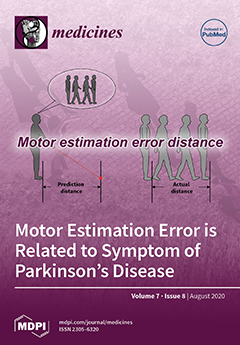Background: Breast cancer is one of the principal causes of death among women and there is a pressing need to develop novel and effective anti-cancer agents. Natural plant products have shown promising results as anti-cancer agents. Their effectiveness is reported as decreased toxicity in usage, along with safety and less recurrent resistances compared with hormonal targeting anti-cancer agents.
Methods: A literature search was conducted for all English-language literature published prior to June 2020. The search was conducted using electronic databases, including PubMed, Embase, Web of Science, and Cochrane Library. The search strategy included keywords such as breast cancer, herbs, anti-cancer biologically active components, clinical research, chemotherapy drugs amongst others.
Results: The literature provides documented evidence of the chemo-preventative and chemotherapeutic properties of Ginseng, garlic (Allium sativum), Black cohosh (Actaea racemose), Tumeric (Curcuma longa), Camellia sinenis (green tea), Echinacea, Arctium (burdock), Flaxseed (Linum usitatissimum) and Black Cumin (Nigella sativa).
Conclusions: The nine herbs displayed anti-cancer properties and their outcomes and mechanisms of action include inhibition of cell proliferation, angiogenesis and apoptosis as well as modulation of key intracellular pathways. However, more clinical trials and cohort human studies should be conducted to provide key evidence of their medical benefits.
Full article




